I'm try to improve some of the drawing that I'm doing in my project by provide antialiasing. I'm playing with a simple project using the Graphics32 Library instead of the standard delphi Canvas functions. I am testing with simple shapes and noticed a blurring affect and was wondering if it could be fixed.
procedure TForm1.FormPaint(Sender: TObject);
var
Points : TArrayOfFixedPoint;
ar: array [0 .. 6] of Tpoint;
begin
// Antialiased Triangle
SetLength(Points, 3);
Points[0] := FixedPoint(20, 20);
Points[1] := FixedPoint(20 + 100, 20 + 20);
Points[2] := FixedPoint(20, 20 + 20);
PolygonFS(self.mBitmap, FixedPointToFloatPoint(Points), clYellow32, pfAlternate, nil); // Draw Filled Polygon
PolylineFS(self.mBitmap, FixedPointToFloatPoint(Points), clBlack32, true, 1); // Draw Outline
self.mBitmap.DrawTo(self.Canvas.Handle, 0, 0);
// Normal Triangle
ar[0] := point(20, 150);
ar[1] := point(20 + 100, 150 + 20);
ar[2] := point(20, 150 + 20);
ar[3] := point(20, 150);
self.Canvas.Brush.Color := clYellow;
self.Canvas.Polygon(slice(ar, 3));
end;
The antialiased triangle has a much smoother hypotenuse, but the two straight lines looks like they're blurred, which makes sense since it's antialiased. Is there a way to get the best of both worlds where the vertical and horizontal lines don't blend, while smoothing out the hypotenuse?
Edit: The version of Graphic32 I'm using is the top of the master branch from the Official Github Fork since the last release appears to be 1.9.1 from 2012.
